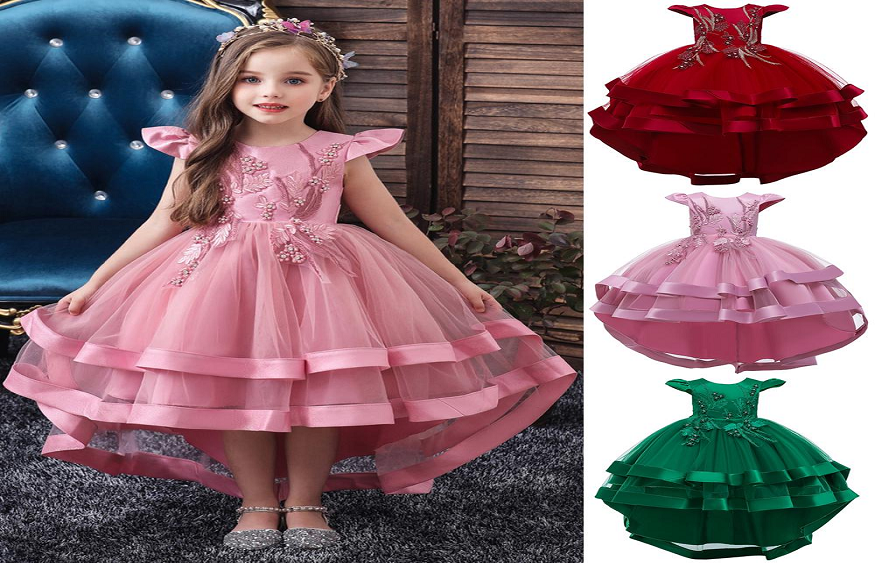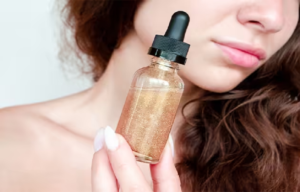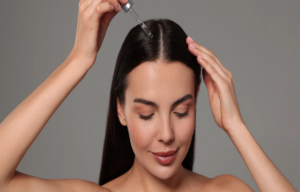How to make dress for your children?

The good news for parents is that science comes naturally to young children. Toddlers are constantly experimenting, whether it’s dropping objects, splashing around in their bath or rolling their ball: all of these activities allow them to explore and get to know the world around them. surrounded. Even if you are not very familiar with the scientific world, there are many ways to guide your child towards new discoveries. Here are some ideas to help your budding scientist.
Let your child do
Find out what interests him naturally. He will try to solve problems on his own, for example by trying to fit a puzzle piece in different ways. Give him the space he needs to solve the problem presented to him, but be ready to help him if he has difficulty. And of course, if something seems dangerous to you, it is important to intervene and help it!
Talk it over
Talk to your child about what happens when they play and experiment. For example, you can take advantage of the bath to make him discover which objects float or sink. Ask questions to encourage your child to better understand the situation: “Why do you think this toy remained on the surface while the other sank to the bottom of the bath? “.
Get out!
There are so many things to discover outside! Go for a walk with your child and discuss the animals you see, the weather, and the plants that grow. Gently touch the leaves and stones, listen to the different sounds the animals make and share your experiences. Ask your child why he thinks leaves and flowers have different colors and smells. You can also talk about the weather outside: “Is it sunny today, or is it overcast? “. It will help your child get interested in nature.
Pique his curiosity
Present different objects to your child, such as leaves, shells, pebbles or pieces of soft fabric. Invite him to touch and explore them. Talk about their similarities and differences. This will pique your child’s curiosity and introduce them to the concepts of shape, size and texture. You can take a similar approach with food: “Is it sweet or bitter? », « Is it soft or crispy? “.
Join the learning
The most important thing is not to have all the answers, but to help your child find them. Watch what happens when you mix different colors of paint, or test which ball bounces the highest. If your child asks you a question that you don’t know the answer to, write it down so you can answer it together later. Remember: science is about exploring and asking questions, and that goes for you too! Enjoy learning together by making scientific discoveries.






